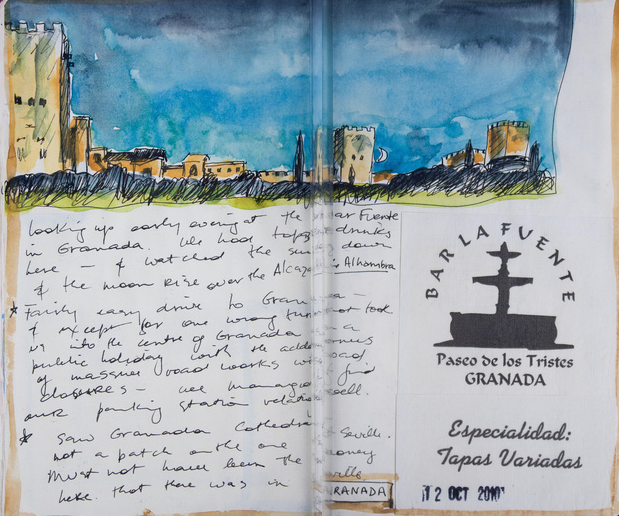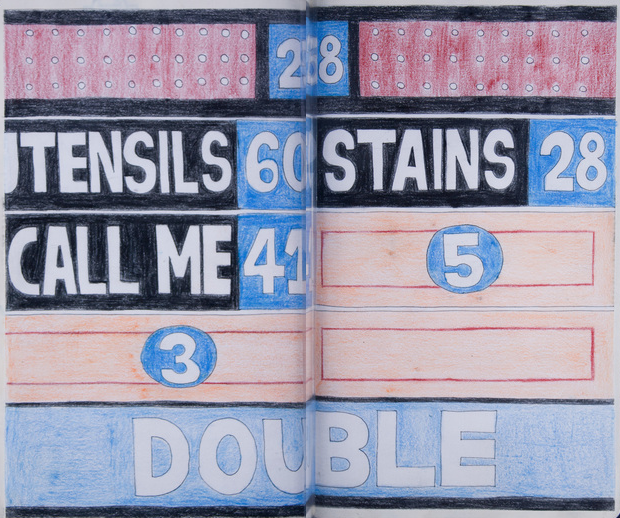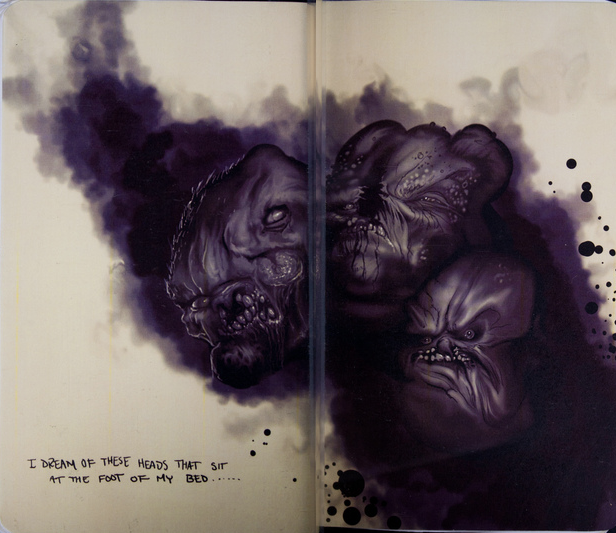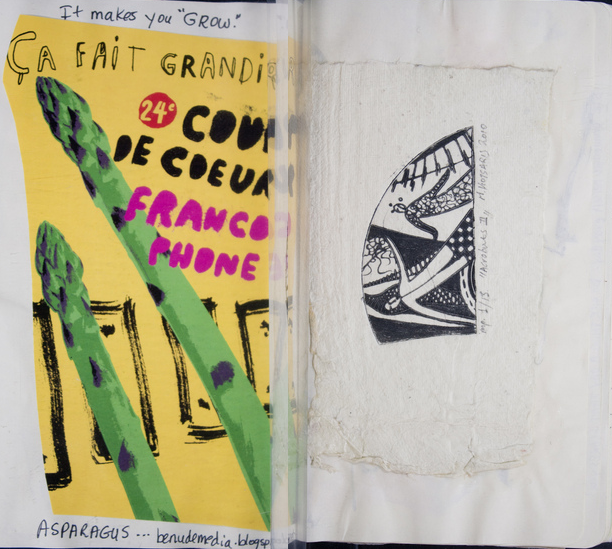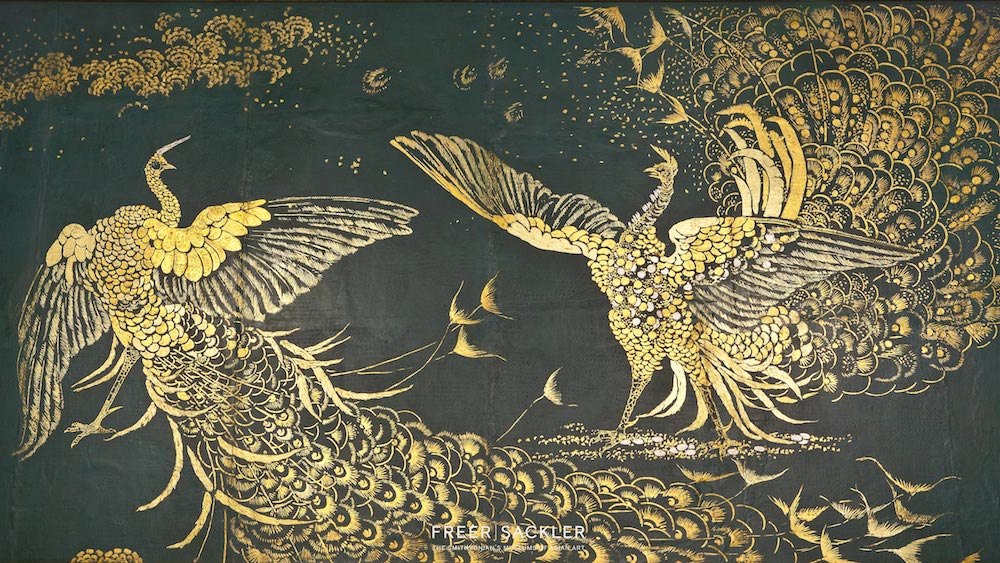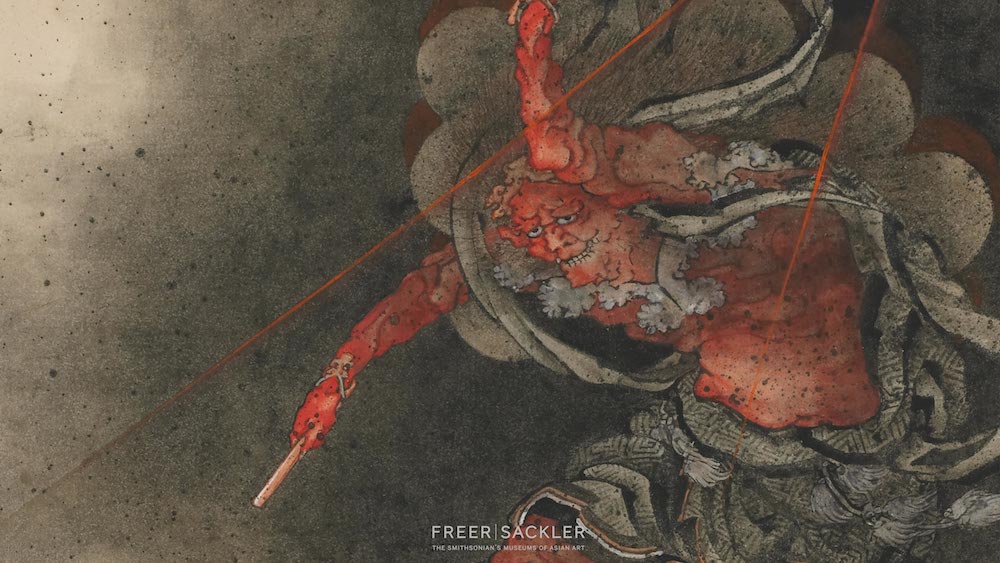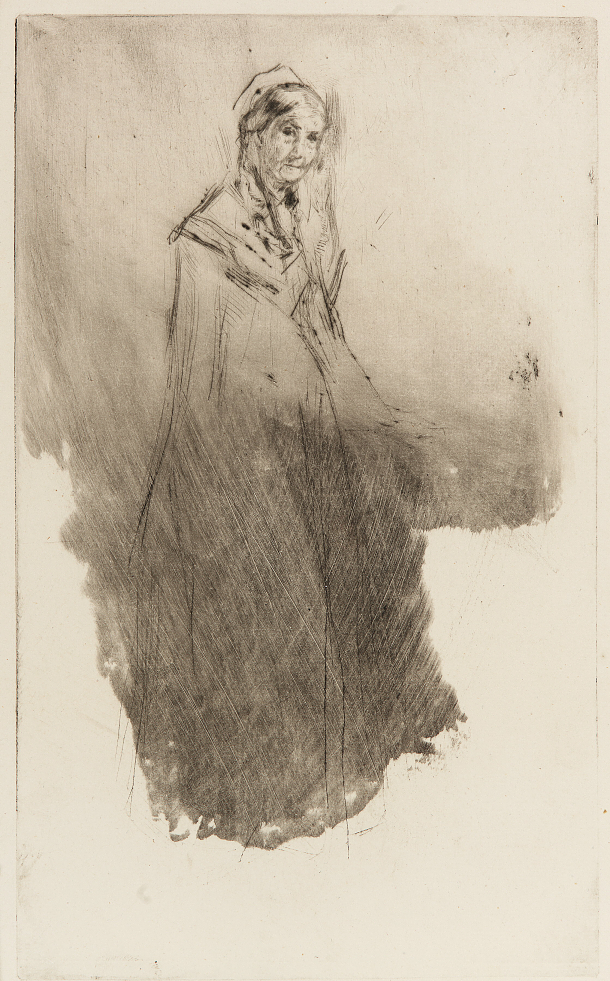Those who know the name Marcel Proust, if not his work itself, know it as that of the most solitary and introspective of writers—a name become an adjective, describing an almost painfully delicate variety of sensory reminiscence verging on tantric solipsism. Proust has earned the reputation for writing what Alain de Botton above tells us in his Proust introduction is “officially the longest novel in the world,” A la recherché du temps perdu (In Search of Lost Time). The book—or books, rather, totaling double the number of words as Tolstoy’s War and Peace—recounts the mainly contemplative travails of a “thinly veiled” version of the author. It is, in one sense, a very long, masterfully stylized diary of the author’s loves, lusts, likes, moods, and tastes of every kind.
Those who know the iPhone app, “Proust”—a far fewer number, I’d wager—know it as a game that harnesses the combined power of social networking, instant online opinion, and survey technology in a relentlessly repetitive exercise in faceless collectivity. These two entities are perhaps vaguely related by the Proust questionnaire, but the distance between them is more significant, standing as an ironic emblem of the distance between Proust’s refined literary universe and that of our contemporary mass culture.
Proust, a constitutionally fragile elitist born to wealthy Parisian parents in 1871, concluded that a life worth living requires the uniquely sensitive, finely-tuned appreciation of everyday life that children and artists possess, uncolored by the spoils of habit and deadening routine. “Proust” the game—as the host of its viciously satirical video proclaims in an ambiguously European accent—concludes “It’s fun to judge”… in identical, rainbow-colored screens that reduce every consideration to a vapid contest with no stakes or effort. It too represents, through parody, a kind of philosophy of life. And one might broadly say we all live somewhere in-between the hyper-aestheticism of Proust the writer and the mindless rapid-fire swipe-away trivializing of Proust the app.
De Botton, consistent with the mission of his very missionary School of Life, would like us to move closer to the literary Proust’s philosophy, a “project of reconciling us to the ordinary circumstances of life” and the “charm of the everyday.” As he does with all of the figures he conscripts for his lessons, De Botton presumes that Proust’s primary intent in his interminable work was to “help us” realize this charm—and Proust did in fact say as much. But readers and scholars of the reclusive French writer may find this statement, its author, and his writing, much more complicated and difficult to make sense of than we’re given to believe.
Nonetheless, this School of Life video, like many of the others we’ve featured here, does give us a way of approaching Proust that is much less daunting than so many others, complete with clever cut-out animations that illustrate Proust’s theory of memory, occasioned by his famed, fateful encounter with a cup of tea and a madeleine. The teatime epiphany caused Proust to observe:
The reason why life may be judged to be trivial, although at certain moments it seems to us so beautiful, is that we form our judgment ordinarily not on the evidence of life itself, but of those quite different images which preserve nothing of life, and therefore we judge it disparagingly.
We may take or leave De Botton’s interpretation of Proust’s work, but it seems more and more imperative that we give the work itself our full attention—or as much of it as we can spare.
Related Content:
Watch Monty Python’s “Summarize Proust Competition” on the 100th Anniversary of Swann’s Way
Marcel Proust Fills Out a Questionnaire in 1890: The Manuscript of the ‘Proust Questionnaire’
Josh Jones is a writer and musician based in Durham, NC. Follow him at @jdmagness.
